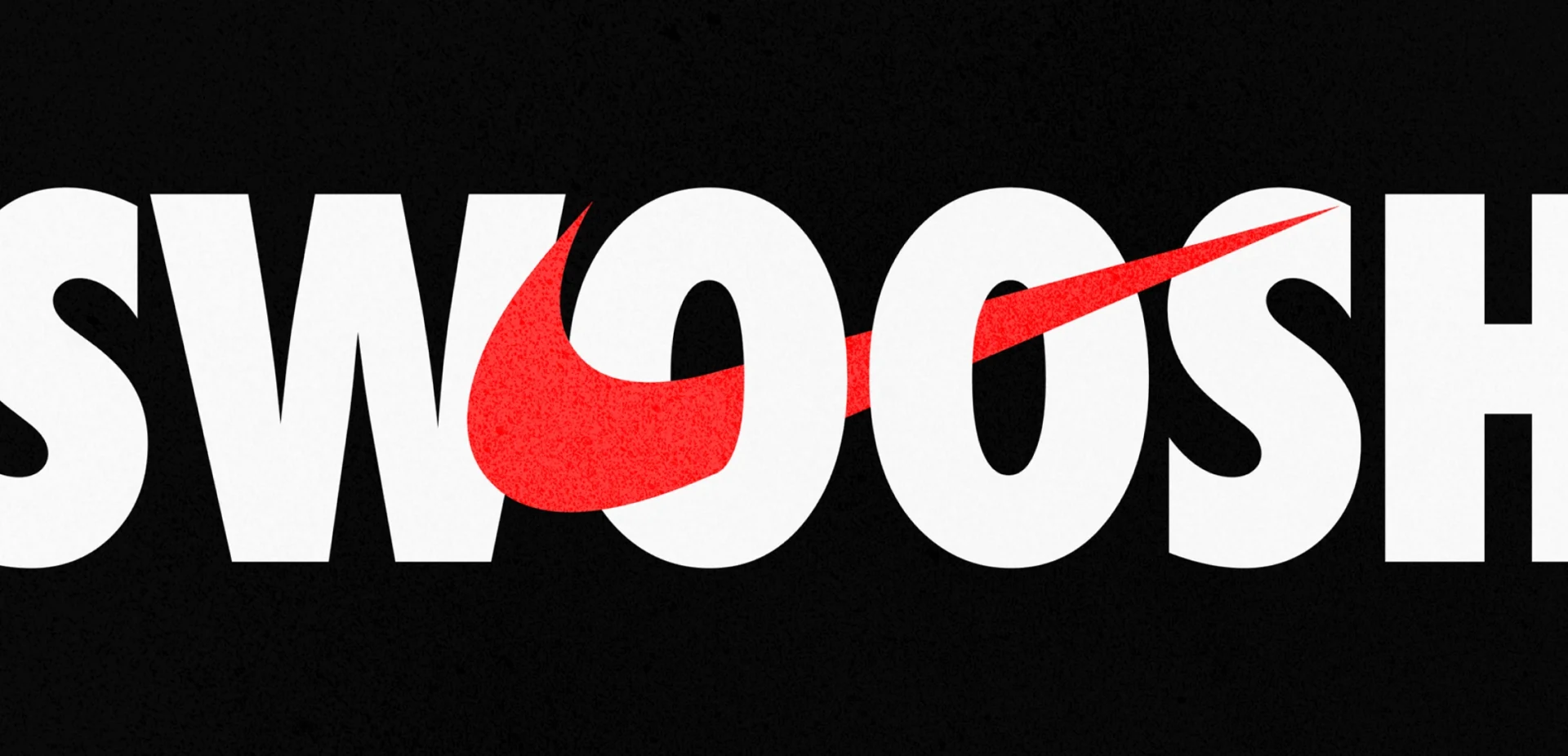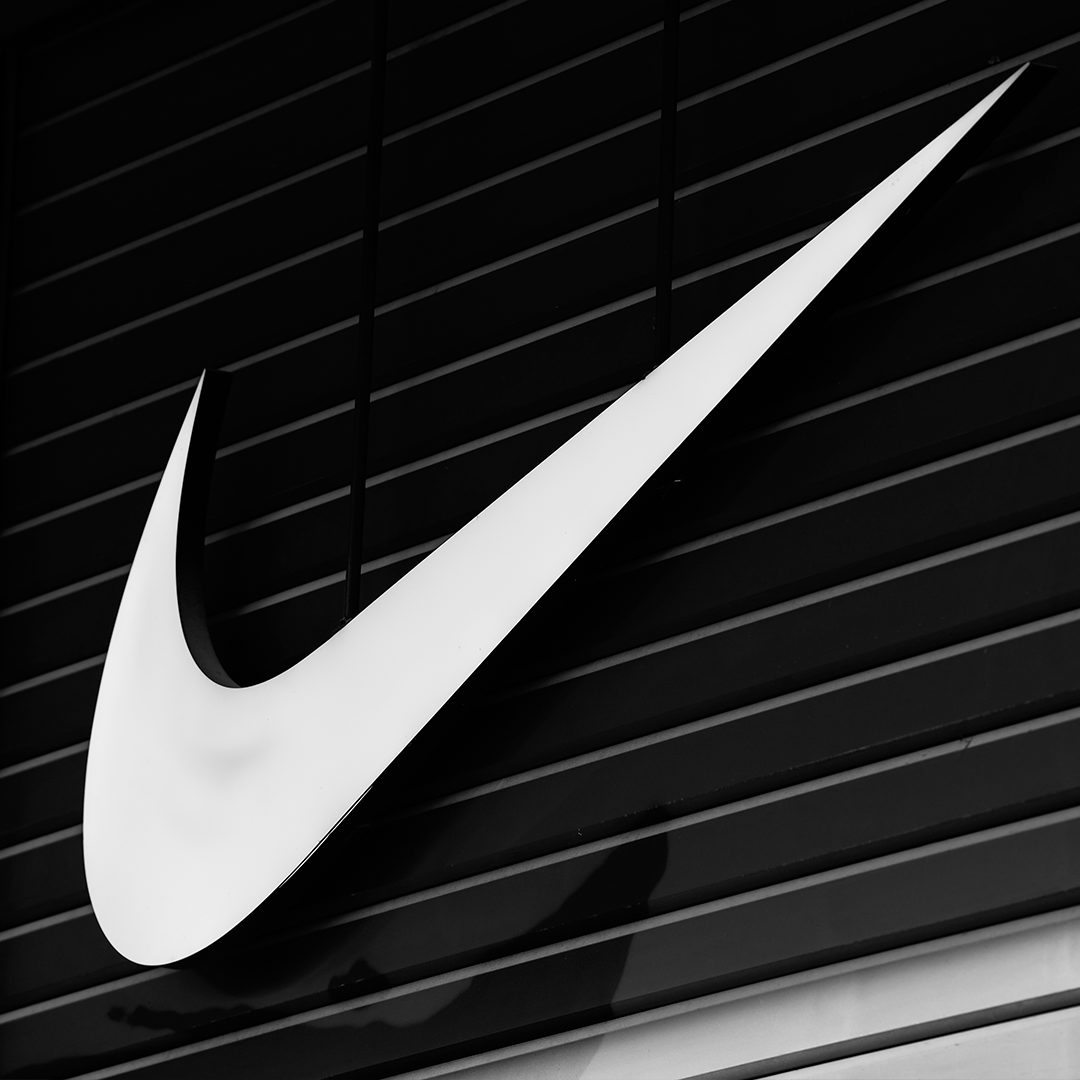INSIGHTS / BRAND
Leveraging Your Brand to Drive Product Success
Uberbrand on 6/09/2024

A strong brand creates a solid foundation for launching and sustaining successful products, and acts as a powerful catalyst for customer loyalty, trust, and preference.
When leveraged effectively, brand equity can amplify product performance, allowing businesses to stand out in crowded markets. Understanding and harnessing the power of your brand is not just a marketing strategy; it’s the key to long-term growth and profitability.
1. Understanding Brand Equity and Its Role in Product Success
Brand equity refers to the value that a brand adds to a product (beyond the functional benefits of the product itself). It is the culmination of how consumers perceive, recognise, and trust a brand.
The key components of brand equity include brand awareness, perceived quality, brand associations, and brand loyalty.
Each of these components plays a crucial role in driving product success:
- Brand Awareness: refers to the degree to which consumers are familiar with a brand. The higher the awareness, the higher the general likelihood of customer product consideration during the purchasing process.
- Perceived Quality: when perceived product quality is high, it enhances the ability of brands to price products higher and positively influence customer preferences (towards their product over competitors).
- Brand Associations: are the mental and emotional connections that consumers make with a brand. The goal should be positive associations which in turn strengthen the brand’s image and influence consumer choices.
- Brand Loyalty: aka the level of commitment that consumers have to a brand. When brand loyalty exists between consumer and brand, it often results in repeat purchases and brand advocacy.
Strong brand equity fosters trust and loyalty. When customers trust a brand, they are more likely to adopt new products and this translates to a positive impact on sales, faster market penetration, and sustained success.
In essence; brand equity acts as a force multiplier, enhancing the performance of your products in market.

2. Aligning Product Development with Brand Identity
Consistency is core to brand identity. A brand’s identity is built on its key values, mission, and aesthetic, which should be reflected in every product that it offers.
Any new products should align with the established brand identity – this is crucial for maintaining brand recognition and customer loyalty.
Take Apple for example, a brand renowned for its sleek design, user-friendly interfaces, and innovative technology. Each product in its portfolio, from the iPhone to the MacBook, aligns seamlessly with Apple’s brand identity.
This consistency not only strengthens their brand recognition, but also enhances their customer loyalty, because consumers know what to expect from an Apple product.
Aligning product development with brand identity requires careful consideration of messaging, design, and functionality. The goal is to create products that not only meet customer needs but also embody the essence of the brand.

3. Utilising Brand Storytelling to Enhance Product Appeal
In an age where consumers are bombarded with choices, brand storytelling has emerged as a powerful tool to differentiate products and create lasting connections with customers.
Brand storytelling goes beyond the features and benefits of a product; it delves into the brand’s history, mission, and values, to create an emotional bond with consumers.
When crafted effectively and enforced consistently, brand storytelling can enhance product appeal by making consumers feel connected to the brand’s journey and values.
For example, Patagonia’s commitment to environmental sustainability is central to its brand story. By sharing stories of their environmental initiatives and ethical business practices, Patagonia resonates with consumers who prioritise sustainability, making them more likely to choose Patagonia products over competitors.
Storytelling also adds depth to a brand, making it more than just a provider of goods or services. It humanises the brand, allowing consumers to relate to it on a personal level.
This emotional connection can be a deciding factor in purchasing decisions, especially in crowded markets where products are often similar in terms of functionality.
By leveraging brand storytelling, companies can create a unique identity that resonates with their target audience, driving product success.
4. Leveraging Brand Loyalty to Boost Product Launches
Brand loyalty is a powerful asset that can significantly boost product launches.
Loyal customers are not just repeat buyers; they are also brand advocates who can help generate buzz and word-of-mouth marketing for new products. One positive review on social media can have significant impact (the same way a negative one can).
Leveraging brand loyalty during product launches can accelerate market penetration and drive sales from day one.
To tap into this loyalty, companies can engage their most dedicated customers through exclusive previews, special offers, or personalised marketing campaigns.
For example, Tesla often offers early access to new vehicle models to existing Tesla owners, creating a sense of exclusivity and reward for their loyalty. This approach not only incentivises repeat purchases but also encourages loyal customers to share their excitement with others, amplifying the reach of the product launch.
In addition to direct engagement, companies can encourage brand advocacy by creating shareable content, fostering online communities, and incentivising referrals.
When loyal customers become brand ambassadors, their endorsements carry significant weight, influencing the purchasing decisions of their peers.
By strategically leveraging brand loyalty, businesses can create a strong foundation for successful product launches, ensuring that new offerings quickly gain traction in the market.

5. Cross-Promoting Products within the Brand Portfolio
Cross-promotion is a strategic way to introduce new products to existing customers and maximise the value of a brand’s portfolio.
By leveraging the trust and loyalty that customers already have in the brand, companies can drive sales through bundling, up-selling, or cross-selling related products.
Amazon is a brand that effectively cross-promotes products by suggesting complementary items based on previous purchases or browsing history.
This not only increases the average transaction value, but also enhances customer satisfaction by offering products that meet additional needs.
Similarly, Coca-Cola is another brand that frequently introduces new beverages by bundling them with popular products, encouraging customers to try the new offerings without abandoning their favourites.
Consistency in brand messaging is essential when cross-promoting products. Each product within the brand’s portfolio should reinforce the overall brand identity and values.
This alignment ensures that customers perceive the brand as a cohesive whole, rather than a collection of unrelated products.
By maintaining this consistency, businesses can strengthen brand equity while driving sales across their entire product range.

6. Monitoring and Adapting Brand Strategy to Support Product Success
The market landscape is constantly evolving, and so too must a brand’s strategy.
To support long-term product success, companies need to continuously monitor their brand performance and adapt their strategies based on customer feedback, market research, and analytics.
This proactive approach allows businesses to stay ahead of market trends and respond to changing consumer preferences.
Monitoring brand performance involves tracking key metrics such as brand awareness, customer satisfaction, and market share.
Companies should also pay close attention to customer reviews, social media feedback, and competitor activity.
These insights can reveal opportunities for improvement or innovation, enabling brands to refine their product offerings and marketing strategies.
Adaptability is crucial in maintaining a competitive edge.
Brands that are agile and responsive to market changes are better positioned to capitalise on emerging trends and address potential challenges.
For example, Nike has consistently evolved its brand strategy to reflect changing cultural attitudes and consumer preferences; from embracing digital transformation to supporting social causes.
This adaptability has allowed Nike to remain a dominant force in the athletic apparel industry, ensuring the continued success of its products.

Overview
By understanding and leveraging brand equity, businesses can create a solid foundation for launching and sustaining successful products in competitive markets.
Aligning product development with brand identity, utilising brand storytelling, leveraging brand loyalty, and cross-promoting products within the brand portfolio are all effective strategies for amplifying product performance.
Additionally, continuously monitoring and adapting brand strategy ensures that products remain relevant and competitive.
For businesses looking to enhance their product success, the key lies in building and leveraging brand equity.
If you want to build a better brand strategy, more meaningful customer relationships and business sustainability, so your brand can drive better product and business performance, reach out to our branding team for an obligation free chat.






































